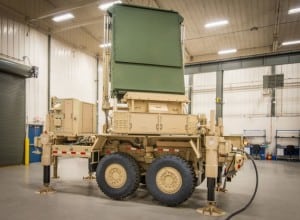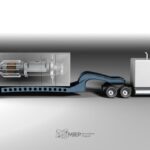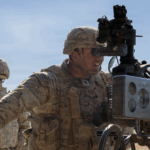
Lockheed Martin [LMT] and Raytheon [RTN] confirmed Monday they are both advancing in the U.S. Army’s Lower Tier Air and Missile Defense Sensors (LTAMDS) downselect to replace the legacy Patriot missile defense radar system.LTAMDS seeks to replace the current MPQ-65 Patriot radar.A year ago Lockheed Martin, Raytheon, Northrop Grumman [NOC], and Technovative Applications won 15-month technology maturation contracts for LTMADS through the Defense Department’s Ordnance Technology Consortium (DOTC) (Defense Daily, Oct. 20, 2017).That contract was used to help further define performance…

 By
By 











